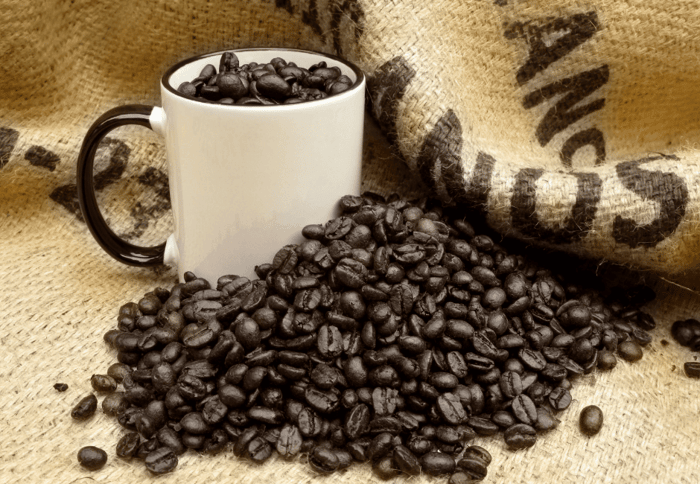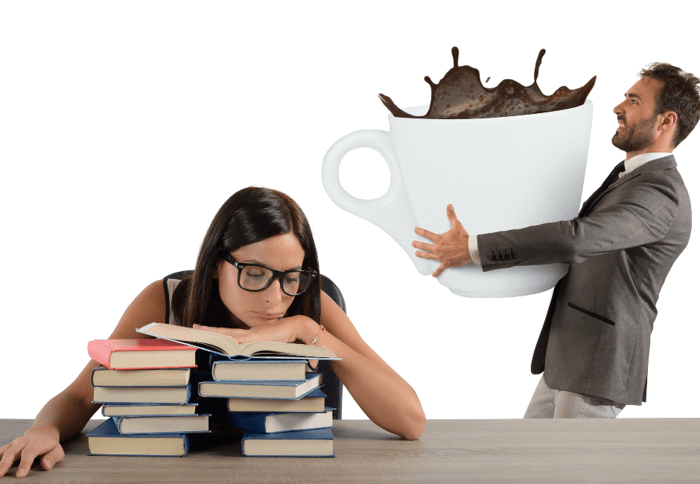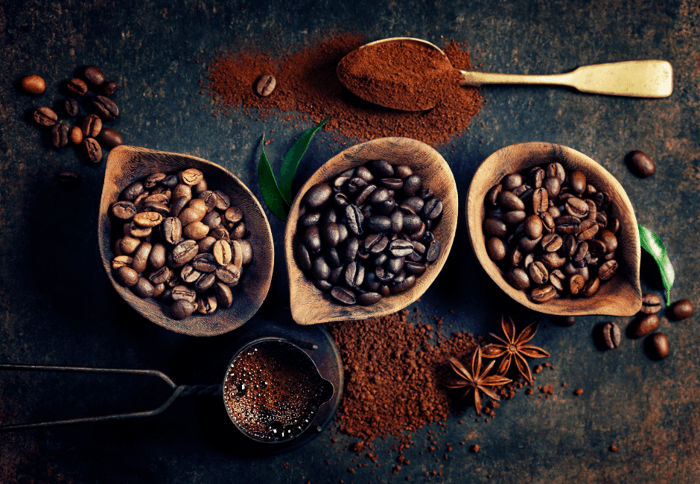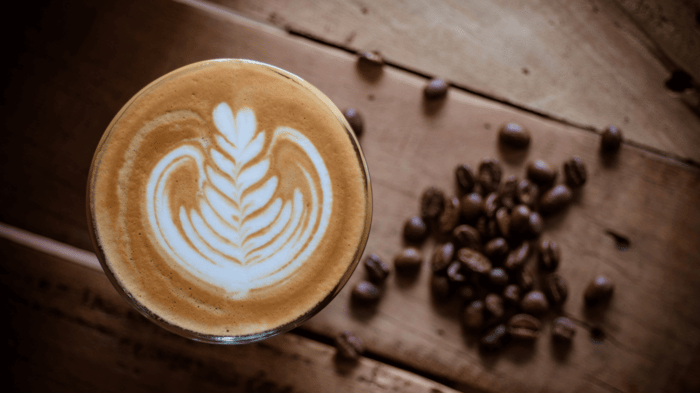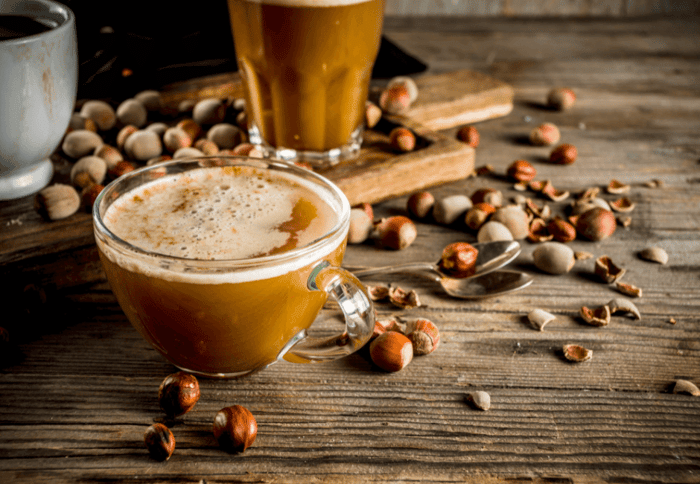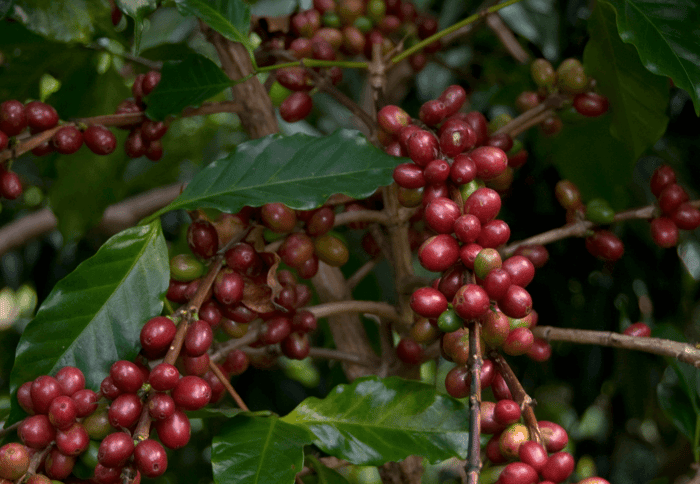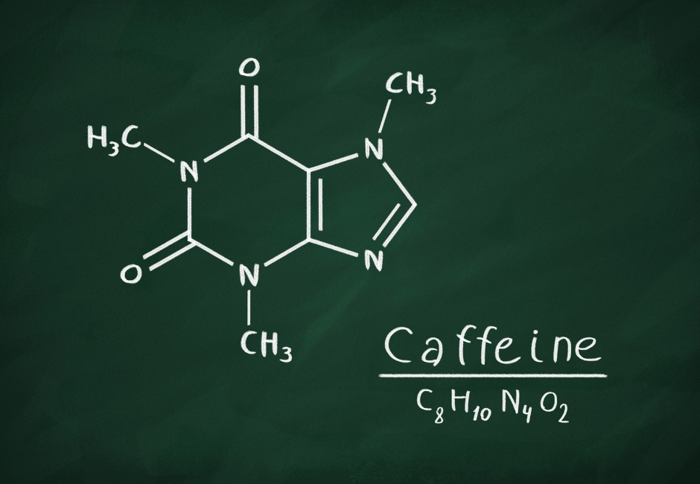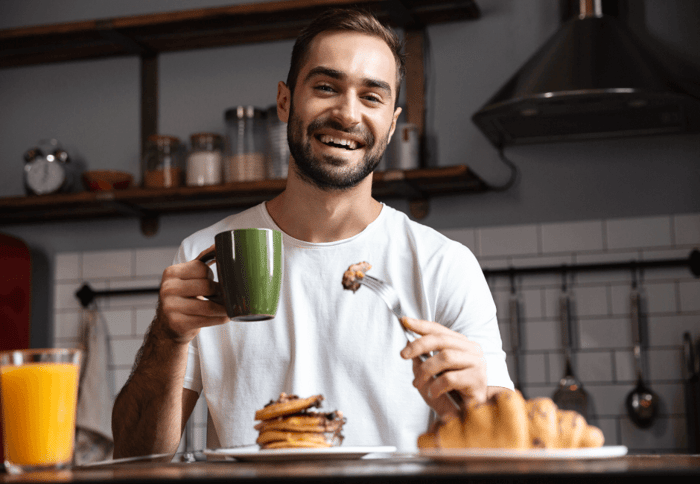So you're browsing the grocery store coffee aisle or looking at the Starbucks menu and wondering if you should try that new dark roast you've seen for awhile.
Then you remember all the terrible things you've heard about dark roast over the years and start to wonder which is actually true?
Well, there is quality dark roast coffee that has been carefully roasted and then there is cheaper mass-produced or poor roasted super extra dark roast. Like, so dark it has been burnt almost to a crisp. This is the kind of dark roast that has turned people off from the roast as it will typically taste rubbery, burnt and so oily you may have to call the EPA and report an oil spill in your kitchen.
A good dark roast coffee is all about creating a balance between smooth smokey flavors and avoiding burnt dirty ashtray flavors.
So let's take a look at how dark roast is made, what the flavor should be and why this is a roast you may just fall in love with after all.
What Is Dark Roast Coffee?
Dark roast coffee beans will stay in the roasting machine for a longer time and will be roasted to a higher temperature. This is usually between 430 and 440 degrees. Typically to avoid burning the limit will be 440 degrees.
At this point, the second bean crack will occur which is the benchmark for a dark roast. Yes, this is a literal cracking of the beans which you can often hear. The beans will have lost moisture creating a less dense coffee bean.
Dark roast coffee is often characterized by its darker color which will range from dark brown to almost black. There will be noticeable oil on the surface giving these beans a shiny appearance. The beans will have a dark and smoky flavor because the longer roasting removes almost any hint of the origins of the beans.
Why Does Dark Roast Taste Burnt or Smoky?
Coffee has been consumed for centuries and until recently we only had primitive methods to roast coffee. That is, make fire, burn (roast) beans, and drink coffee. Coffee beans were roasted with an open flame until the oils started to release from the beans. Roasters would stop right before the oils could catch fire.
The longer and hotter roasting approach will remove almost all of the flavors and imperfections from the beans leaving behind a smoky flavor with an oily texture. That is assuming you stop roasting before you over-roast and get a burnt bean.
This is why French and Italian roasts are known for their deep smoky flavors as these are some of the original coffee roasts and have retained the flavor profile.
So back in the day coffee bean were basically just burnt. Yuck. Dive in further with our article on why dark roast sometimes tastes burnt.
The Reason Big Coffee Brands Love Dark Roast
You may notice that dark roast beans are a big part of the menu when visiting one of those big chain coffee shops. Well, there is a good reason for this.
Coffee is expensive. Good coffee beans are really expensive and harder to find in large quantities. It is also hard to find beans that will have the same flavor year after year as weather and environment can have a huge impact.
The solution? Dark roast the hell out of the beans. This allows for the mass production of coffee at a cheaper price.
Since dark roasting removes all hints of the bean's natural flavor and flavors from imperfections, you create a consistent flavor profile and can easily hide all of those lower-quality beans in your bag.
This helps big chains keep the cost of their coffee down and profits up even when quality beans are hard to come by. This is also where the term "taste like cheap gas station coffee" comes from.
So Does This Mean Dark Roast Coffee Is Bad?
Yes and no. If the beans are carefully roasted by an expert roaster who knows when to stop the process you will get a bean that still has some hints of sweetness and flavor underneath that smoky and oily texture.
If your dark roast came from cheap beans, mass production, or a poorly trained roaster then yes your bag will taste like a used ashtray with a lingering bitterness that has given dark roast coffee a bad reputation for decades.
The biggest negative to a dark roast will be that they tend to have a bitter flavor to them. The cheaper the beans the worse the bitterness but almost all dark roast will have more bitterness compared to light and medium roast.
A quality roaster will be able to balance this with the smooth smoky flavor and full bodied texture for a cup that will still be enjoyable.
Is Dark Roast Coffee Stronger?
A lot of coffee drinkers interchange the term strong coffee with either caffeine levels or taste. We will touch on caffeine next so let's talk about flavors.
Compared to the fruity, floral and sweet flavor of light roast a good dark roast will have a stronger "coffee taste". For many novice drinkers, the level of bitterness is how they classify coffee strengths. The less bitter the weaker the coffee. This of course is not completely true as bitterness is a secondary flavor and not what qualifies as strong coffee.
The reality is strong coffee is mostly how you brew it. Any roast can be strong if the brewing process leaves you with more coffee per ounce of water. Really watered-down coffee brews will be weak. Full-bodied brews will be stronger.
Does Dark Roast Have More or Less Caffeine?
One of the biggest coffee myths is that lighter roasts have more caffeine. The truth is the roasting temperature required to burn off caffeine from the bean is substantially higher than any roaster will reach. You would have scorched beans before this happens.
The actual bean will not lose caffeine as your continue roasting. However, what does happen is the beans will become less dense and expand during the roasting process.
So for home brewers who measure based on scoops and not weight, the less dense puffy beans will take up more space in that scoop, thus lowering the total caffeine your coffee machine can extract from the beans.
So the lower caffeine content is due to the volume of coffee used and not the actual roast.
Solution? Measure your coffee grinds by weight and not scoops. Although in reality, the difference in caffeine will be almost unnoticeable in the end. So just brew it.
Are Dark Roast Coffee Beans Lower in Acidity?
Depending on the roast and beans used it is generally accepted that darker roast coffee will be less acidic. This is mostly due to the fact that the longer roasting duration burns off many of the compounds in the beans that would cause your stomach cells to produce acid.
This is why many of your best low acid coffee options on the market are made from darker roasts.
For those who suffer from acid reflux, dark roast may offer some relief and allow you to keep drinking coffee. Although we suggest testing this before diving right into an entire pot or checking out our guide to drinking coffee with acid reflux.
What Are The Most Common Dark Roast Flavors
While we mentioned above that most dark roasts will have a smoky flavor profile to them you will often find hints of other flavors assuming the beans are not roasted beyond a basic dark roast. Some of the most common flavors are:
- Dark Chocolate or chocolatey undertones
- Bittersweet or even toasty
- Nuttiness or woodiness
- Caramel
- Smoky or Toasted
- Burnt or ashy (when poorly roasted)
This will be combined with a full-bodied and oily cup of coffee.
How To Find Quality Dark Roast
Well for one, leave the Starbucks line. You will not find great dark roast at most big chains which is why they have a reputation for bitter coffee. This is also why they love to hide their lower-quality roast in sugar-filled sweet drinks.
For coffee shops, your smaller specialty roasters will be the best bet for a quality dark roast. These locations often roast in small batches with a more hands-on approach to the roast allowing them to stop the process right before the beans become over-roasted.
With online brands, look for those who advertise quality single origins and who have a website full of different roasts and not just flavored coffee as most of those will be lower quality covered by flavoring.
One of our favorites is Prospectors Gold from Black Powder Roasting Company. They focus on shade-grown specialty coffee beans. If you want a coffee loaded with extra caffeine, the Dark Roast from Black Insomnia may just be the coffee for you.
Best Way To Brew Dark Roast Coffee?
Like any coffee roast, the brewing method used will have some impact on flavor, bitterness and strength.
For dark roast beans, we suggest brewing at a slightly lower temperature than other roasts. Keeping the water temperature around 185 degrees will produce a smoother cup. For lighter roasts, you would normally brew between 195 and 205 degrees.
For the actual brewing method, we find the AeroPress (see reviews) works great as it is known for producing a less bitter cup of coffee which is perfect for a dark roast.
If you love French Roast style coffee, the Epsro line of brewers is ideal as their patented filter technology prevents over-brewing, bitterness, and coffee grinds from entering the water.
Final Thoughts
Dark roast coffee can and should be a part of your coffee rotation just so long as you carefully select your dark roast beans. So do a little research the next time you are checking out a coffee brand's website and don't be afraid to ask them for more details such as their roasting temperatures and style of beans.
For those who usually choose the sweetness of light roast mixing in an occasional dark roast may spice up your coffee experience and introduce you to a whole new flavor profile.
Do you have a favorite dark roast? Leave a comment below and share it with our readers!

